Designing a space is not just about following the latest trends, it requires inspiration and most importantly, a theme. Theme-based designs not only set the mood but also render a sense of uniformity and elegance to the overall aesthetic of the space. This is exactly why interior design as a multifaceted field in itself consists of various theme-based styles which can be used to model any residential or commercial space. Listed below are some of the most popular styles:-
Classical
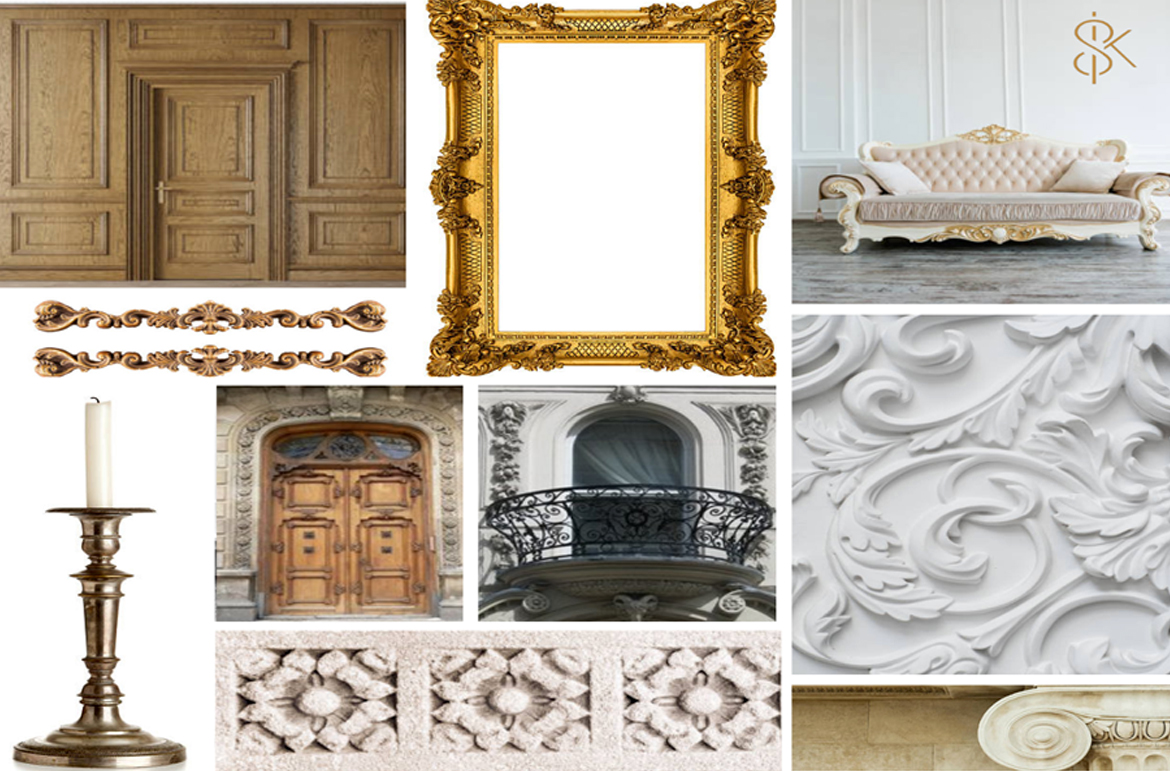
There’s a really famous yet profound saying- “Old is Gold” which is exactly what the classical style of interior design stands for. Known for its extensive intricacies, regality and splendour, it is not just a kind but art in itself.
Inspired from the Age of Greeks and Romans, there is a certain sense of proportion and Uniformity that is maintained throughout the design which speaks for itself.
Characteristics
- Intricate Patterns, Carvings, and Ancient Motifs
- Subtle Colours
- Luxurious Fabrics- Brocade, Silk, Velvet, Satin
- Gold/ Bronze Finish
- Decorative Architraves, Cornices, and Skirtings
- Home Decor Items include Antiques and Vintage Pieces, Paintings and Sculptor, Big Mirrors, Fireplaces, Candle Holders, Rugs
Neoclassical
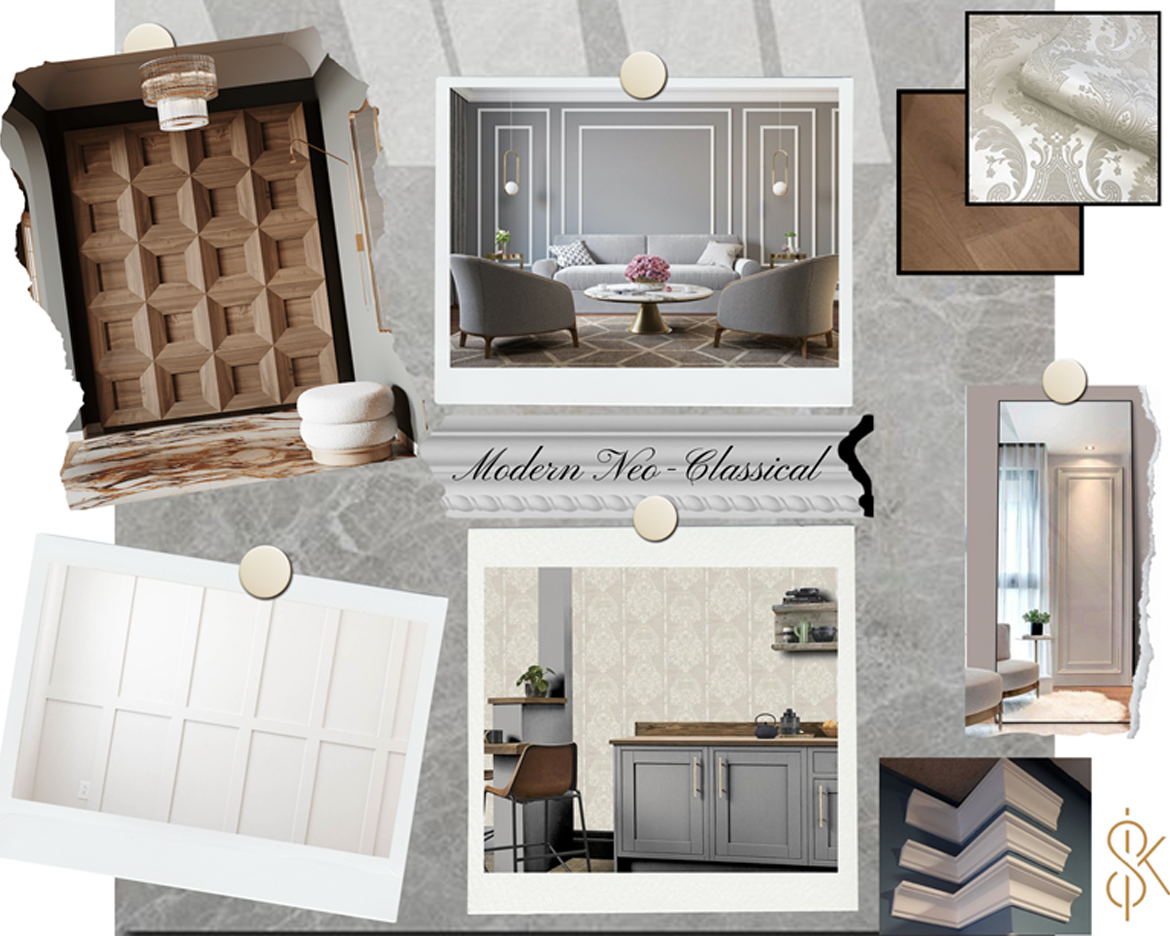
It is no secret that the Neoclassical Age was seen as an imitation of the Greek and Roman ways of life. It was basically centred around resuscitating the Classical Age, the impact of which could very well be seen in the field of Architecture and Design as well. Despite drawing heavily from the classical style of design, the only point difference that sets Neoclassical apart is how it is not as much focused on the display of wealth, demeanour, and regality. In a way, it is a comparatively more simplified and pragmatic version with lesser intricacies.
Characteristics
- Symmetrical and Geometrical Shapes
- Horizon and Vertical Lines
- Decorative Mouldings
- Fabrics- Damask Silk, Velvet, Brocade
- Neutral Colour Palette
- Light Colored Marble Flooring
- Medium Toned Hardwood
- Use of Materials like Cane
Bohemian (More is More)
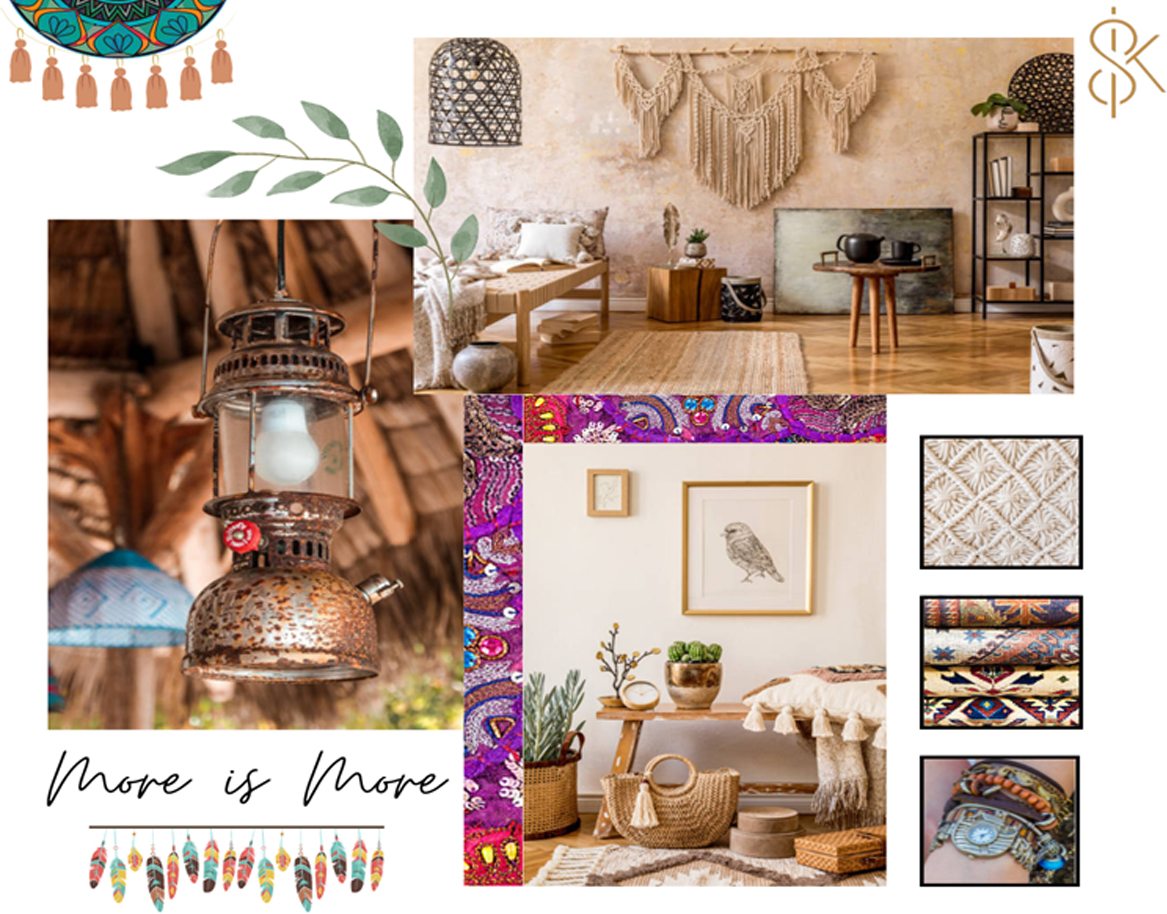
Standing in sharp contrast to Scandinavian, Bohemian style is quite bold and tends to pop out in all aspects be it the use of eclectic colours or home decor items. Its history dates back to the 19th century when it was inspired by artists In France who prioritised creativity over materialism. Bohemian is also a term used to describe explorers or nomads and just like the name suggests, as an interior design style in itself, there are no boundaries as to how far one can go with the overall design. Common home decor items that include as part of this style are macramé, animal hides, rugs, cushions, wind chimes, antiques, trinkets, pottery items, ceramics, planters, etc. Being free-spirited, eccentric, and vivacious are some of this style’s many qualities.
Characteristics
- Maximalism
- Layering
- Carefree Patterns
- Bold Colours
- Ambient Lighting
Mid-Century Modern
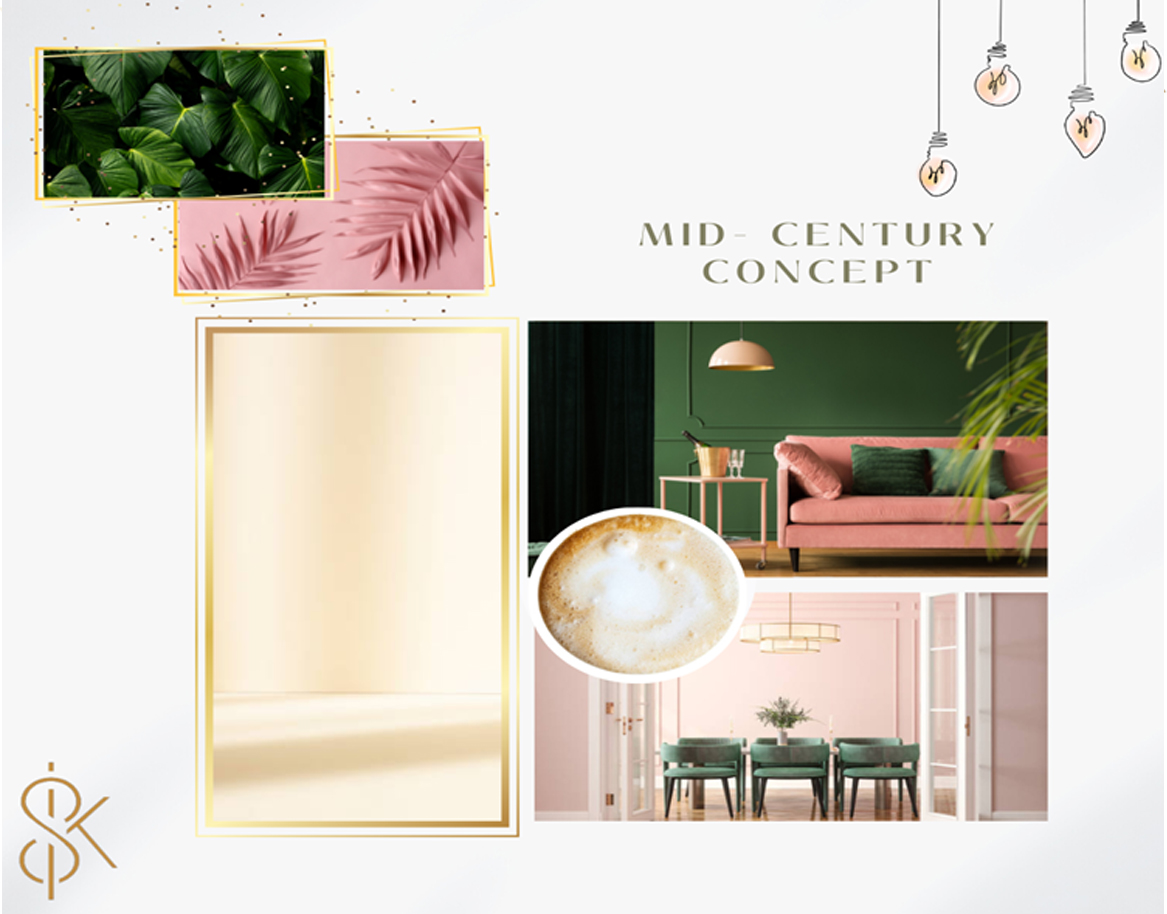
This style emerged post the second world war and brought about a tremendous change in the field of architecture and furniture design. It is very similar to the Scandinavian style owing to its need for a decluttered space and minimalist design. However, there is a hint of vintage touch to this style that not only makes it aesthetically pleasing and ethereal but also sets it apart from the rest of the designs.
Characteristics
- Geometrical Shapes and Clean Lines
- Marble Floorings
- Saturated Colours and Darker Hues
- Use of both Man-made and Natural Materials
Modern
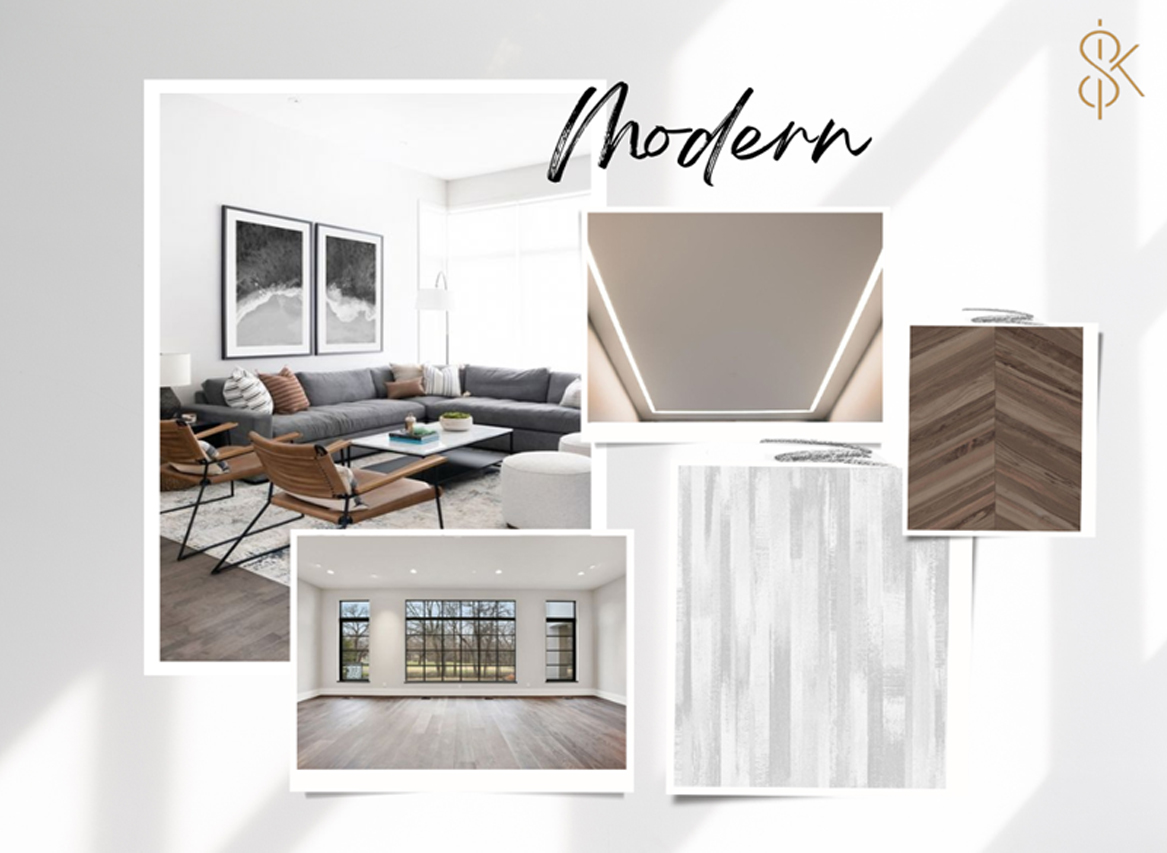
Having emerged in the late 19th and early 20th centuries, this design style has its roots in Scandinavian interiors, especially in terms of simplistic expression. Representative of modern art, it came about as a result of advancements in technology, and industrial production. Not only does it reject over-embellishment but also prioritises functionality over form.
Characteristics
- Flat Roof
- Open Space
- Clean Lines
- Neutral Colour Palette
- Big Windows
Scandinavian (Less is More)
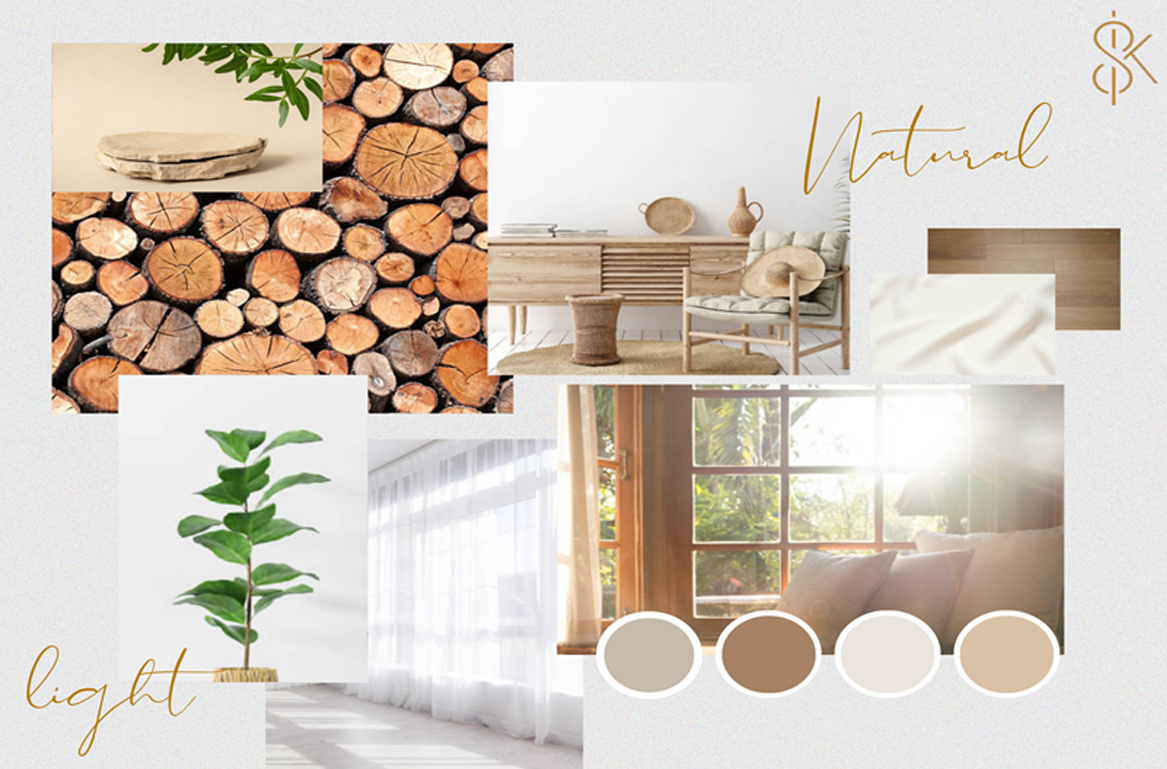
Known for its simplistic and pragmatic qualities, the Scandinavian Style is known to have emerged in the mid-20th century in the Nordic region. This style is mainly centred around promoting greenery as it is all about bringing nature indoors. From the use of neutral hues and wooden furnishings to indoor planters and large windows, the Scandinavian style exudes nothing but elegance, comfort, and timelessness.
Characteristics
- Minimalistic
- Neutral Colours
- Wooden Floorings and Furniture
- Maximisation of Natural Light
- Open Space
- Greenery
Industrial
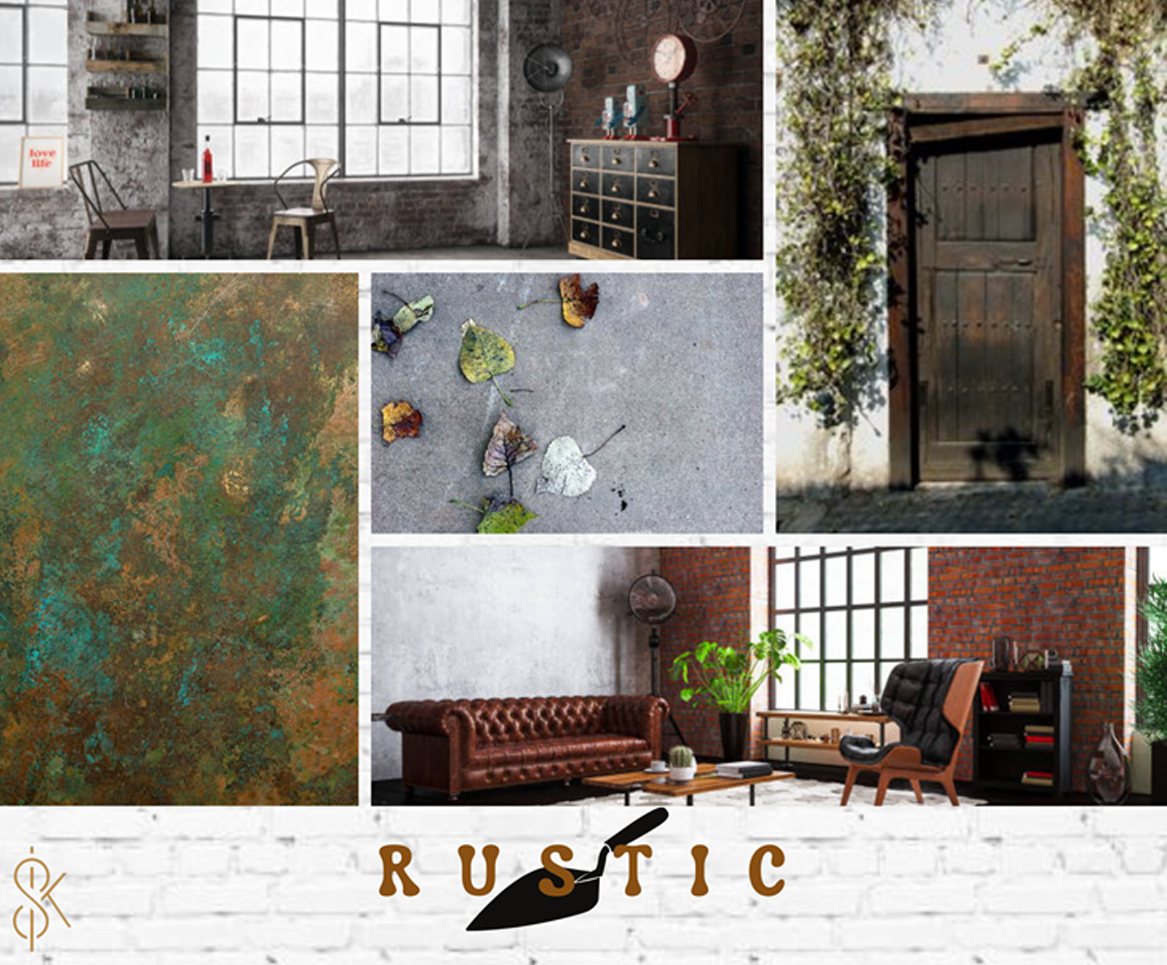
As the name suggests, this particular style of interior design takes inspiration from industrial architecture which proves that even the unrefined and concrete panorama of a factory can also be an inspiration to design residential and commercial spaces like salons, cafes, offices, outlets, etc. It is known for its raw, rustic, and exposed aesthetic as it heavily relies on the use of materials like bricks, iron, steel, wood, etc.
Characteristics
- Open Space Floor Plan
- Monochromatic use of Colours (White, Black, Tones of Grey)
- Wooden and Metal Surfaces
- Exposed Brick Walls
- Unpolished/ Rustic Finish
- Common Elements- Ducts and Pipes, Lightbulbs, Nails, Grills
Contemporary
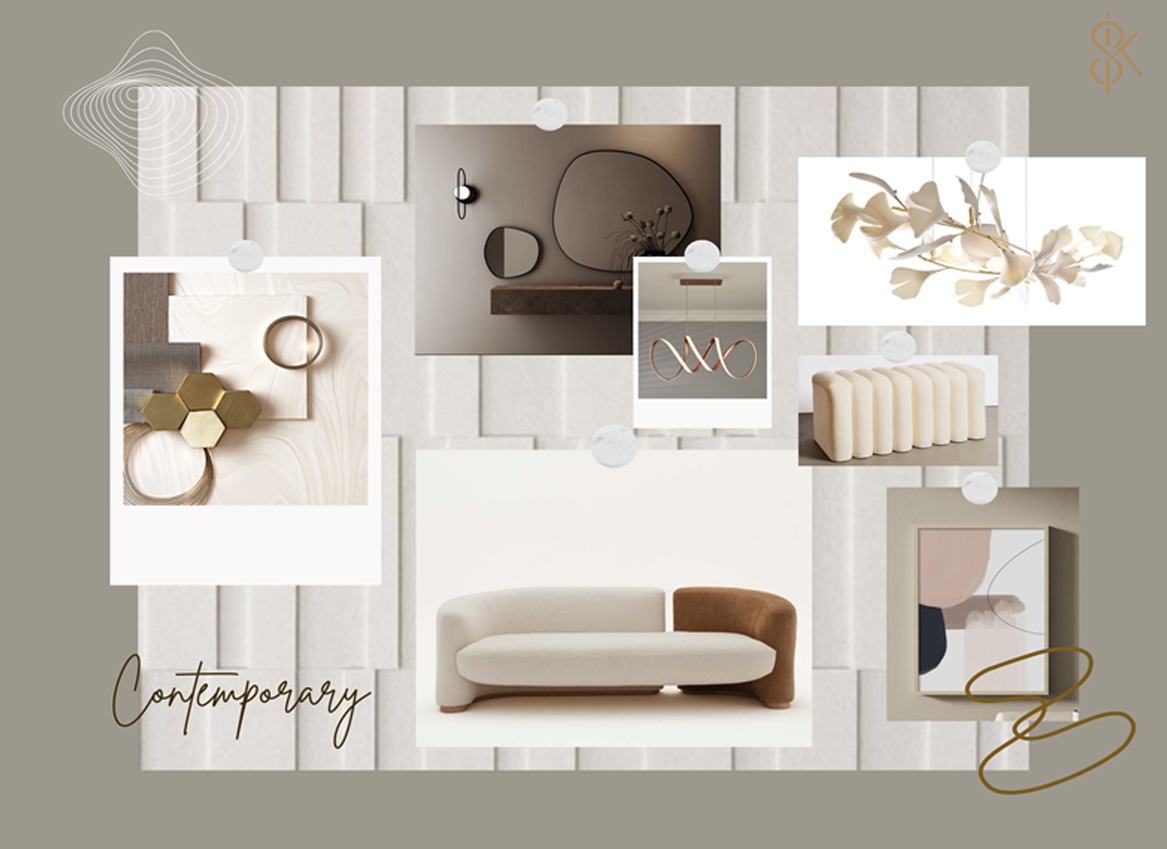
Often confused with the modern style of interior design, one must know that contemporary style is quite different as it embraces what’s new and relevant in the current times. Technological advancement and globalisation are two of the most important factors that have paved the way for this style. It simply cannot be straight-jacketed into a certain set of parameters since it keeps evolving as per the changing trends in society. It experiments with heterogeneous elements only to combine them and create something that is eclectic.
Characteristics
- Decorative Lighting
- Contrasting Hues, Materials, and Textures
- Contemporary Art

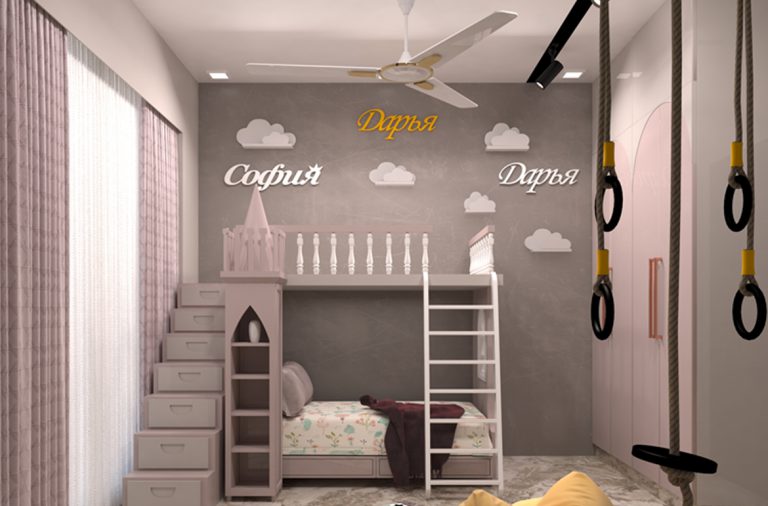
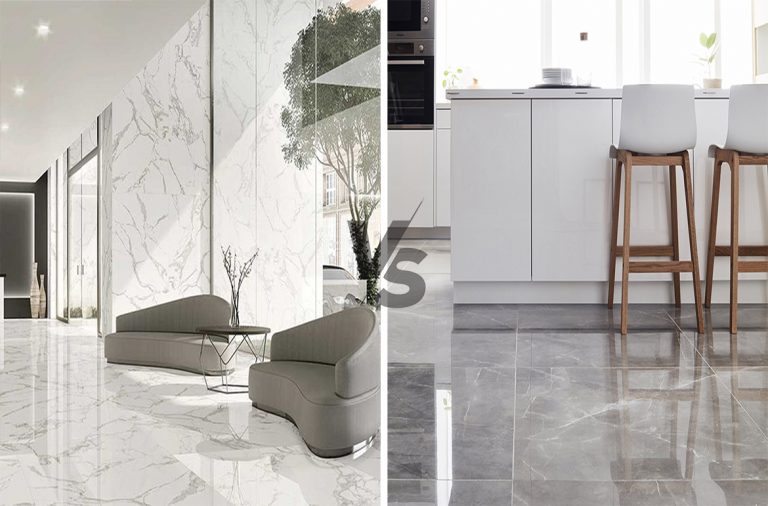





Leave a Comment